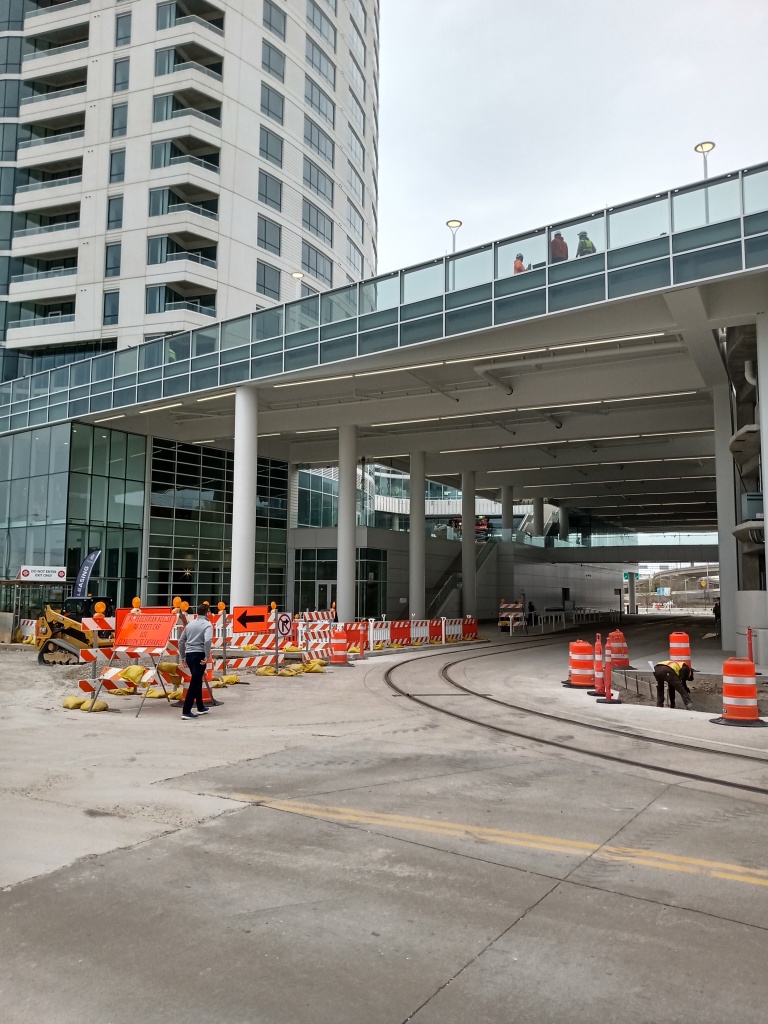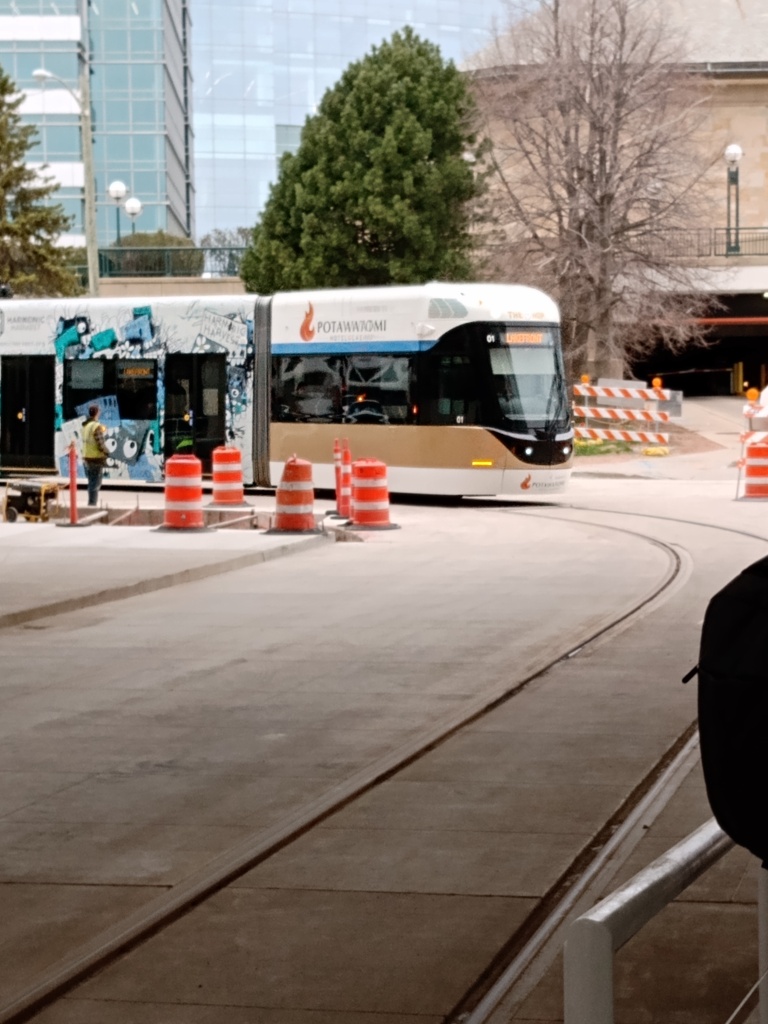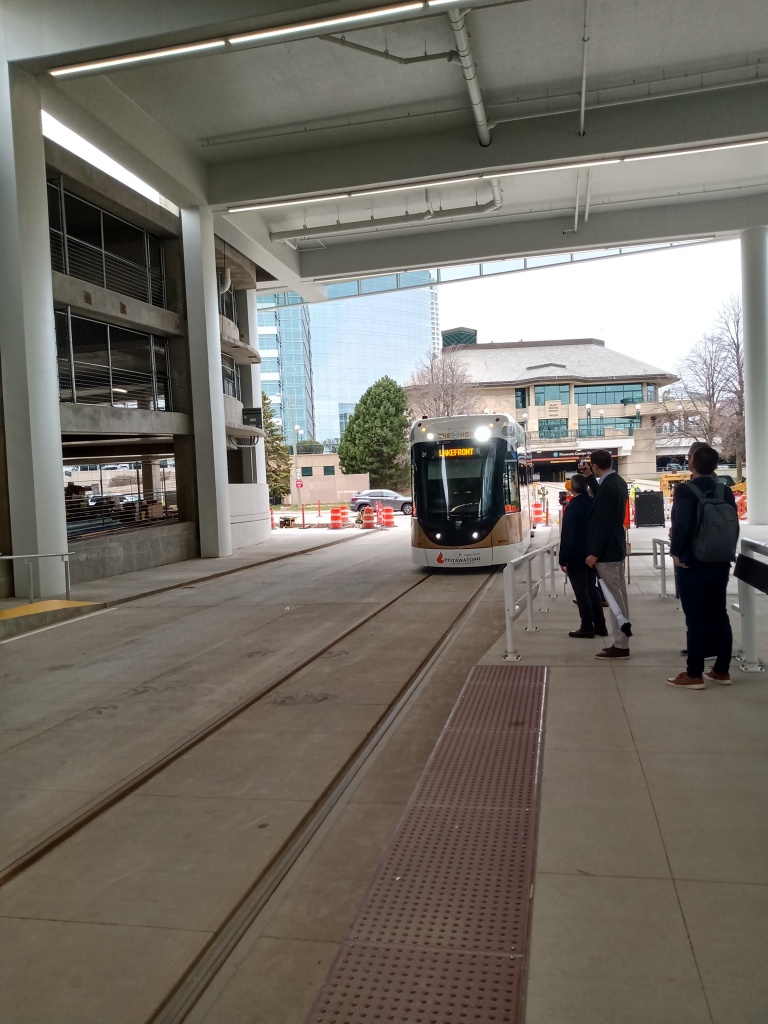The Racine Common Council agreed on Feb 6, 2024, to hire two consulting firms to explore governance and financing options to restart proposed Kenosha – Racine – Milwaukee (KRM) commuter service.
Previous attempts to develop KRM service were abandoned in 2011 after the Wisconsin Legislature eliminated the Southeastern Regional Transit Authority, and with it the organization and funding to develop the service. The current resurrection is funded by a $5 Million grant to the City of Racine earmarked by WI Senator Baldwin in October 2021.
HDR Engineering will provide conceptual planning, develop a recommended organization and governance structure compatible with Wisconsin law, and provide technical support (Statement of Need, Alternatives Analysis) to prepare the project for future Federal grant applications. Contract is up to $2 million, and ends in December 2024.This approval was rescinded April 2024.- Update April 2024: D.B. ECO North America will provide conceptual planning, develop a recommended organization and governance structure compatible with Wisconsin law, and provide technical support (Statement of Need, Alternatives Analysis) to prepare the project for future Federal grant applications. Contract is up to $2 million, and ends in March 2025.
- AECOM will provide an estimate of the increased value along the corridor caused by transit-oriented development, and suggest a “viable path” to capturing that value. The revenue would offset both capital and operating costs. Contract is up to $0.32 million.
Milwaukee Magazine also reported on the new KRM contracts.
“Financed by a $5 million federal planning grant, the Racine Common Council voted Feb. 5 [2024] to hire consultants to conduct the new study and to examine whether transit-oriented development near stations could help pay for the rail line. Milwaukee and Kenosha have agreed to cooperate with the study, which will be overseen by representatives of the three cities, the Southeastern Wisconsin Regional Planning Commission and the state Department of Transportation.”












